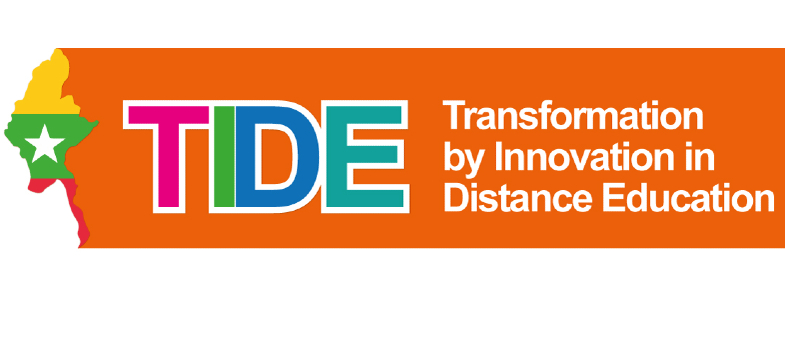3.2 Developing your ‘trustometer’
Often, you are taking a calculated risk when deciding whether to trust someone or something online. What you decide to do may depend on how much time you have available and what is at stake. Developing your research and evaluation skills will enable you to weigh up the ‘pros and cons’ more quickly and make good decisions. You could think of the decision-making process as your ‘trustometer’. A ‘trustometer’ is like a barometer. A barometer helps you read the weather. A ‘trustometer’ helps you read whether the site can be trusted and the information provided relied upon as being accurate. You are now going to put some of what you have learned into practice.
Activity 7 What would you do?
Mon Mon, Zin Min Thant, and Banyar are facing some predicaments in their digital life. Read what they have to say and note down the advice you would give to each one of them in your reflective journal.
Mon Mon, Myanmar parent
“My husband was recently diagnosed with coeliac disease. I didn’t know much about this disease, so I read a lot of articles about it online. But they say different things. Some make me feel hopeful, but others depress me. How do I know what to believe?”
Zin Min Thant, Myanmar businessperson
“I’ve been a victim of a banking scam through an email. They said that they were from my bank and they asked me to verify all my account details. There was a link to a website where I had to enter my pin number. I was really busy at the time so, unfortunately, I didn’t read the email too closely.
I was new to internet banking and it all looked so convincing, so I followed all the instructions. Later, I found out that they had taken money out of my account. My bank helped me sort it out, but how could I have avoided this happening?”
Banjar, Myanmar chef
“I love to cook and I’m passionate about using fresh ingredients in cooking, I’ve started a blog about Shan cuisine to share my love of Shan cooking. Recently, in one of my posts, I included a photograph I’d found on the web of Yadana Man Aung Su Taung Pyay Pagoda in Shan State, and someone contacted me and asked me to remove it because they held the copyright. It’s so difficult to tell what you can and can’t use. How could I have found something that I could have used legally and for free?”
Discussion
Mon Mon could have used the PROMPT framework to help ask questions about the provenance and accuracy of some of the articles she read on coeliac disease.
Zin Min Thant now knows that his bank would never ask for his PIN by email in this way. The site that he was taken to looked convincing and professional. However, on closer examination the URL was not quite right. The email itself began ‘Dear Sir or madam’ and contained several grammatical and spelling errors, which would not have occurred in a real communication from the bank, as these are usually carefully proof-read. A useful site that lists scams and hoaxes to be aware of is Hoax Slayer [Tip: hold Ctrl and click a link to open it in a new tab. (Hide tip)] .
Banjar could have done an image search using the ‘Usage rights’ filter in Google advanced search, to search for images that are free to use or share. Or he might have found something suitable in an online collection of images licensed under Creative Commons, such as Flickr.
Online social networks

